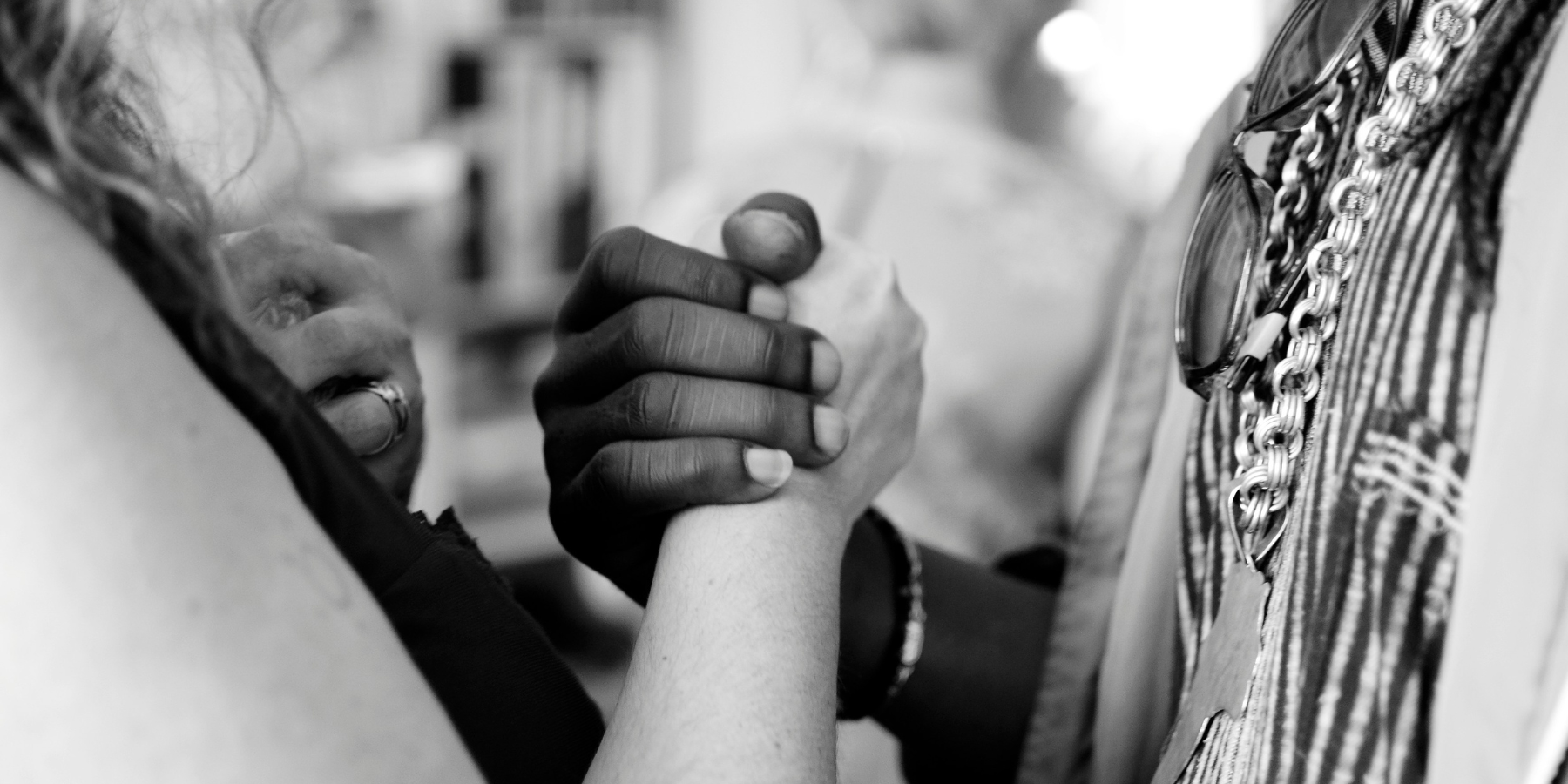Withness: For Others and for Self

Annie Laing


Withness is such a wonderful concept. As Elizabeth Topliffe eloquently put it a few blog posts ago: “Withness is the profound expression of listening, helping, and learning alongside a Client.”
Anyone who has experienced someone truly listening to, helping, and learning with them can attest to how profound a gift it is. With the speed of life and business racing at unprecedented speeds, moments of withness stand out as still, quiet, and safe; a breath of fresh air when you haven’t had time to pause for a while.
Wanting to improve my ability to walk alongside and provide withness to clients, I recently began a practice of preparing for client meetings with “3 C’s:” Centering, Conscious, and Caring. These are great preparation practices (if I do say so myself), and many of you will probably have practiced some of them for yourselves:
 Centering: I pause before meetings and center myself to the moment I am about to enter: its purpose, hoped-for client outcomes, its possible demands of me, its potential for walking alongside the client through muddy moments.
Centering: I pause before meetings and center myself to the moment I am about to enter: its purpose, hoped-for client outcomes, its possible demands of me, its potential for walking alongside the client through muddy moments.

Conscious: With the Centering pause, I set aside all the other work and distractions of my day so that I can be fully present and mentally conscious to the client and the many things they bring into the meeting
 Caring: I remind myself to not lose sight of the client and deeply listen for what is being said ‘under the surface’ of what is spoken; to be with them in moments of discomfort or unknown with empathy and kindness; to ask questions in ways that lead them toward transformation instead of demoralization. The task-at-hand will always move forward, but I don’t want to miss the moments of connection by thinking a few steps ahead.
Caring: I remind myself to not lose sight of the client and deeply listen for what is being said ‘under the surface’ of what is spoken; to be with them in moments of discomfort or unknown with empathy and kindness; to ask questions in ways that lead them toward transformation instead of demoralization. The task-at-hand will always move forward, but I don’t want to miss the moments of connection by thinking a few steps ahead.
These practices have helped me show up more fully to clients, and even colleagues and friendships. They’re ways to reconnect regularly with my own “Why” of wanting to help and serve others well.
Just before a recent client call, however, I became aware of something new. Being extremely people-motivated and goal-oriented, my focus in these practices was externally focused on the client, their issue, and how I might best show up for them. “Think about what is coming in this meeting.” “Listen for the client’s goals.” “Pay attention so that you don’t miss the moments you’re walking into.”
While valuable, these questions can invite me to compartmentalize things I am actively experiencing so that I can pull the focus completely off of myself and put it on the client. Compartmentalizing can be a helpful tool, but we are each full people with full lives and full emotions– choosing to ignore or not notice ourselves and the potential gift we also bring into the meeting robs everyone involved from something greater.
I began to consider the things I was (intentionally or not) setting aside, and realized that, if I made a few tweaks to my practices, I might show up more honestly for both the client and myself. So, I’ve made some adjustments which I now share:
 Centering: I center myself to the moment I am about to enter: its purpose, hoped-for client outcomes, its possible demands of me, its potential for walking alongside the client through muddy moments. I also recognize the other moments I am putting on hold to join this meeting, knowing that what is stressful will work itself out, what is unknown will be manageable, and what I bring to the room is my full, authentic self.
Centering: I center myself to the moment I am about to enter: its purpose, hoped-for client outcomes, its possible demands of me, its potential for walking alongside the client through muddy moments. I also recognize the other moments I am putting on hold to join this meeting, knowing that what is stressful will work itself out, what is unknown will be manageable, and what I bring to the room is my full, authentic self.
 Conscious: I intentionally set aside all the other work and distractions of my day so that I can be fully present and mentally conscious to the client and the many things they bring into the meeting. I loosen my grip on my felt need to control circumstances of my life and of this client engagement, knowing that I have trained and prepared well for this. I will choose to enjoy being present to the client for this short time.
Conscious: I intentionally set aside all the other work and distractions of my day so that I can be fully present and mentally conscious to the client and the many things they bring into the meeting. I loosen my grip on my felt need to control circumstances of my life and of this client engagement, knowing that I have trained and prepared well for this. I will choose to enjoy being present to the client for this short time.
 Caring: I will pay attention to the client and deeply listen for what is being said beyond what is spoken; I will be with them in moments of discomfort or unknown with empathy and kindness; I will ask questions in ways that lead them toward transformation instead of demoralization. I take this moment to also notice my own need for care, for courage, and/or for inspiration in this client engagement. I know that I will not have all the answers, and I know that pausing to acknowledge this with the client can leave space for fresh creativity.
Caring: I will pay attention to the client and deeply listen for what is being said beyond what is spoken; I will be with them in moments of discomfort or unknown with empathy and kindness; I will ask questions in ways that lead them toward transformation instead of demoralization. I take this moment to also notice my own need for care, for courage, and/or for inspiration in this client engagement. I know that I will not have all the answers, and I know that pausing to acknowledge this with the client can leave space for fresh creativity.
I continue to learn that Withness for others includes being present to and caring for myself. May we all learn to care for ourselves as much as we care for our clients, knowing that bringing our fullest, truest selves into each engagement is a superpower of our ability to walk alongside.
Annie Laing

Written by Annie Laing
Consultant, Coach and Founder of The Minded Spaces
Please take a moment to learn more about Society for Process Consulting's next course offerings!
If you'd like to write a blog post for the Society for Process Consulting, please e-mail Lon L. Swartzentruber at lons@designgroupintl.com.
Related Posts
.png?height=175&name=SPC%20Blog%20Headers%20(4).png)
.png?height=175&name=Membership%20(2).png)
Listening Our Way Into the Future: Unearthing the Collective Conscience



